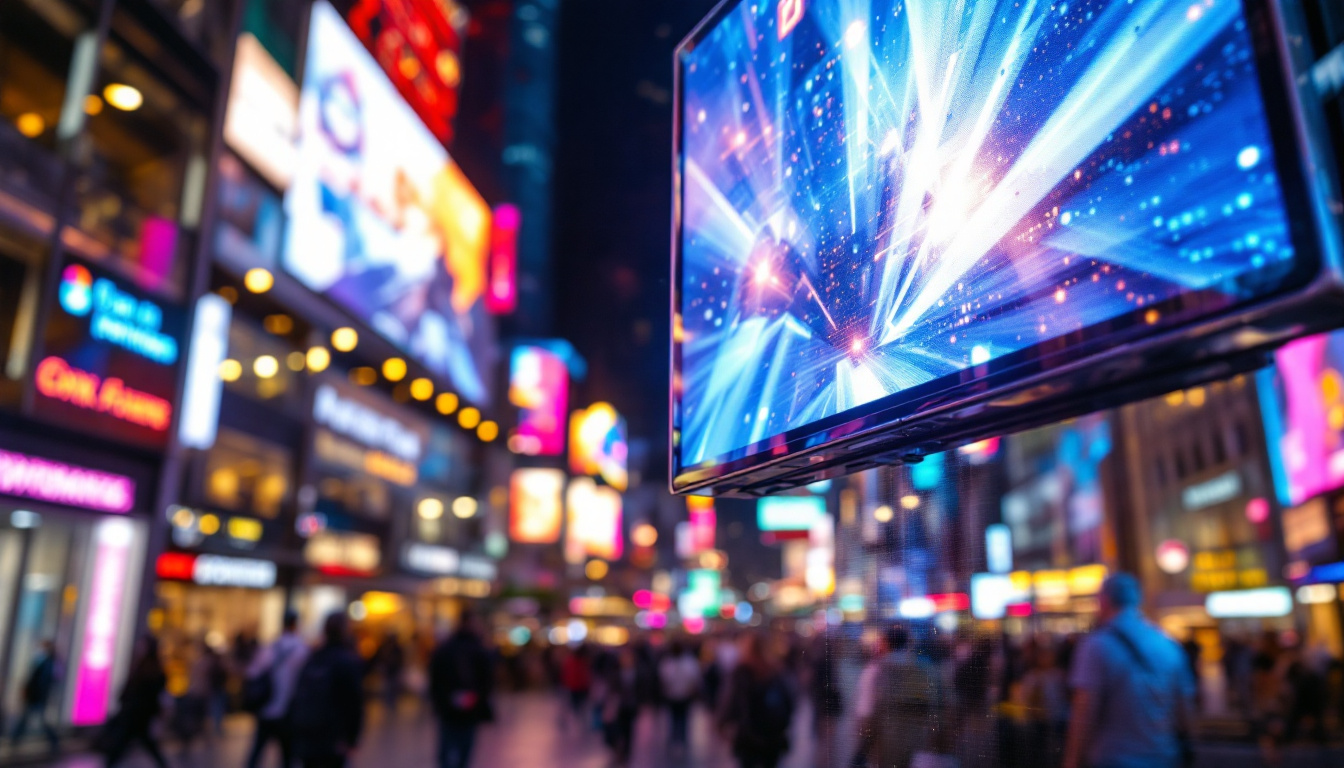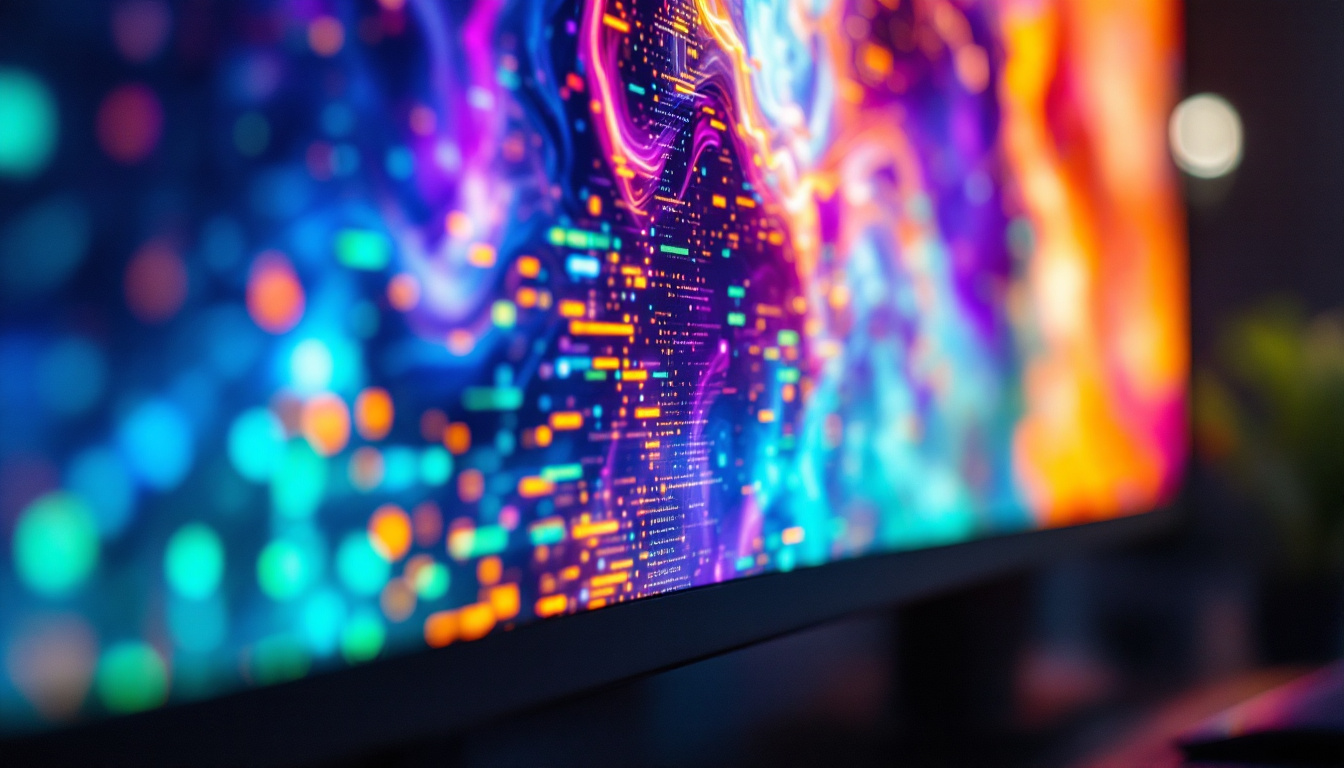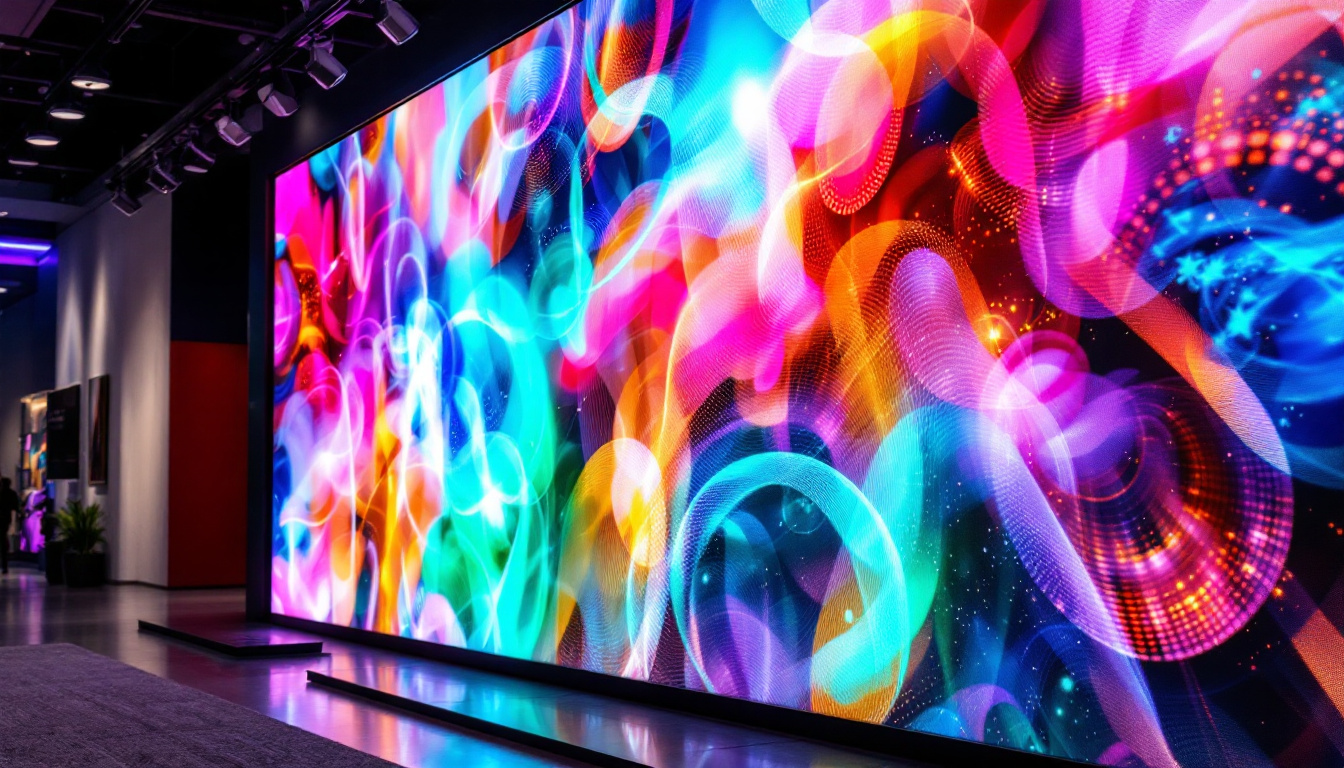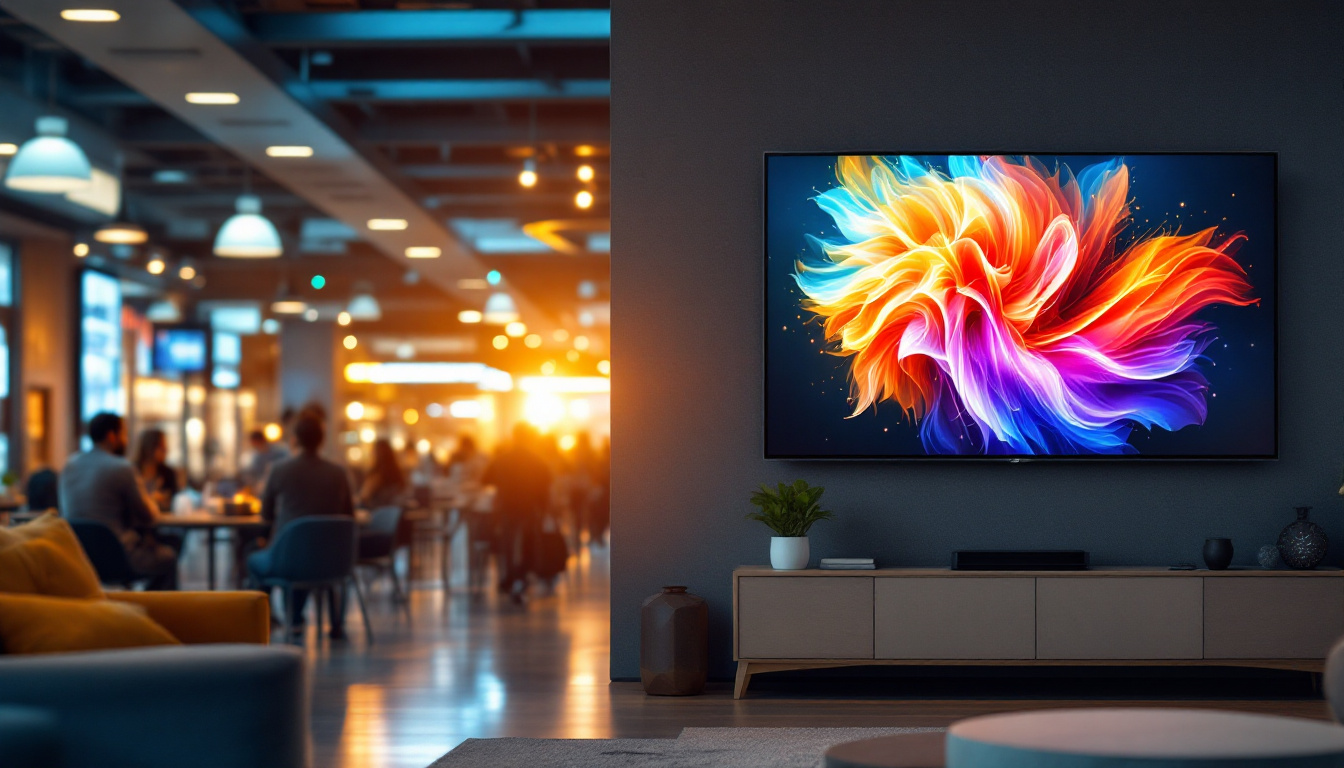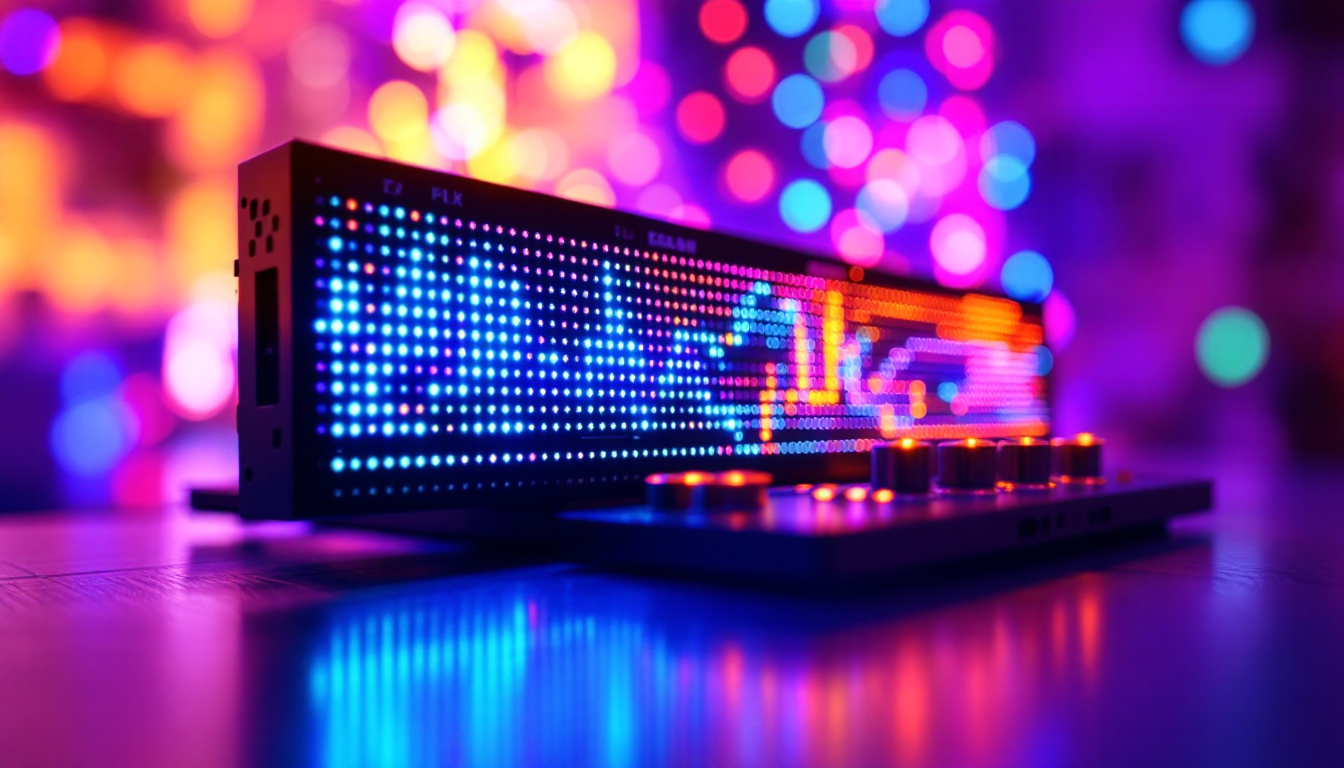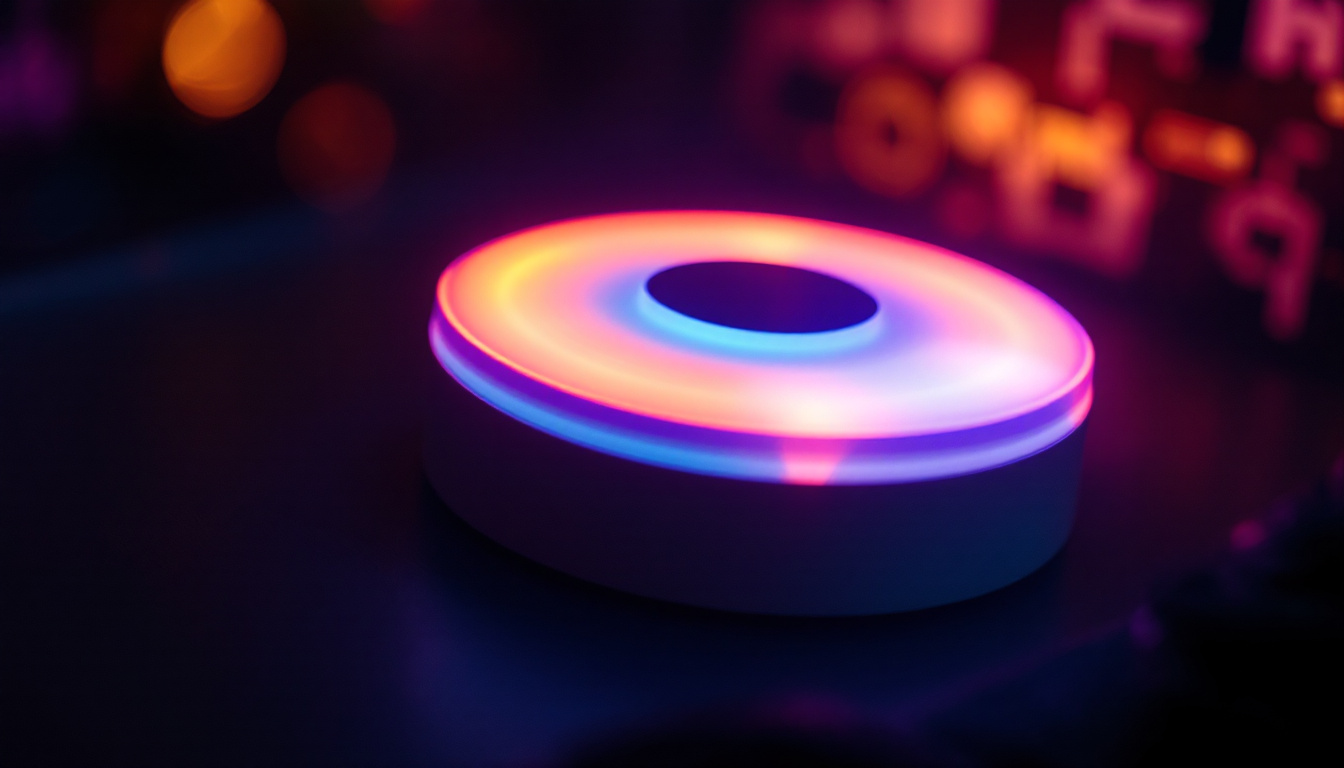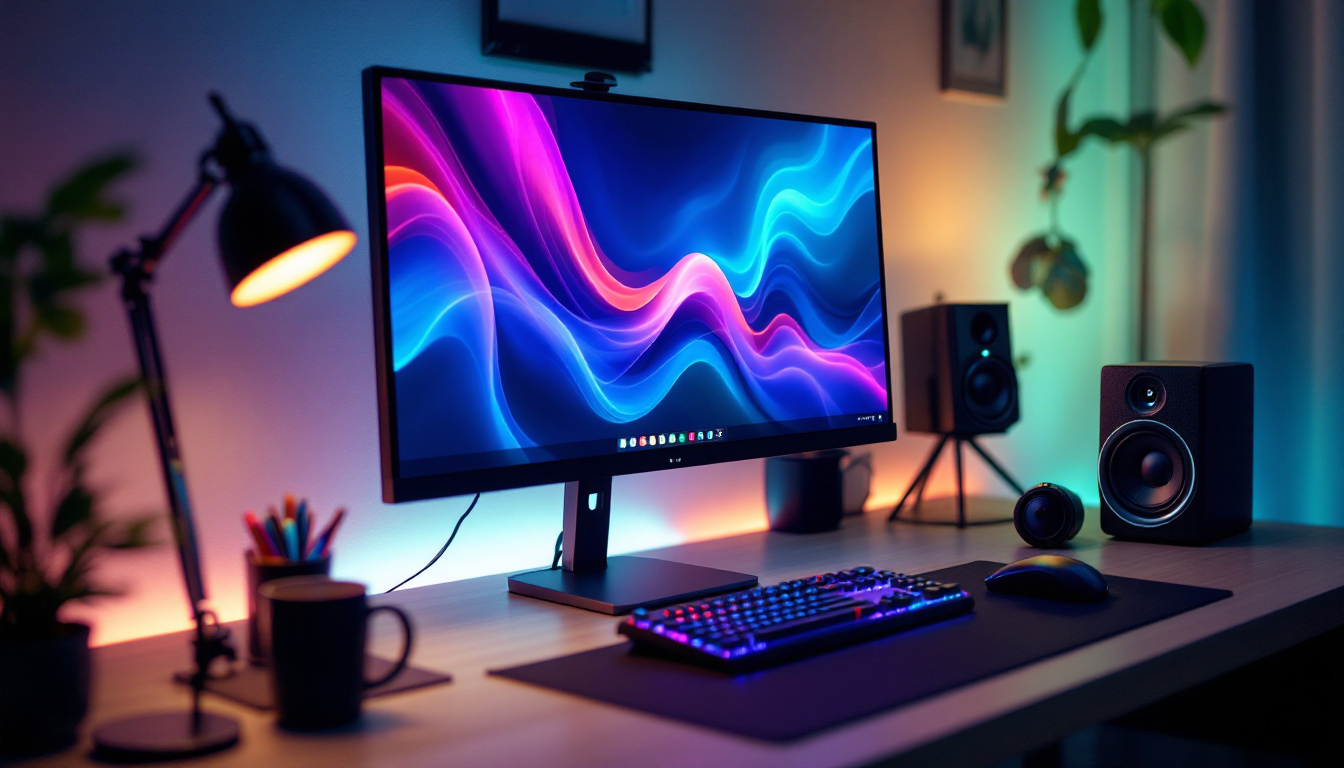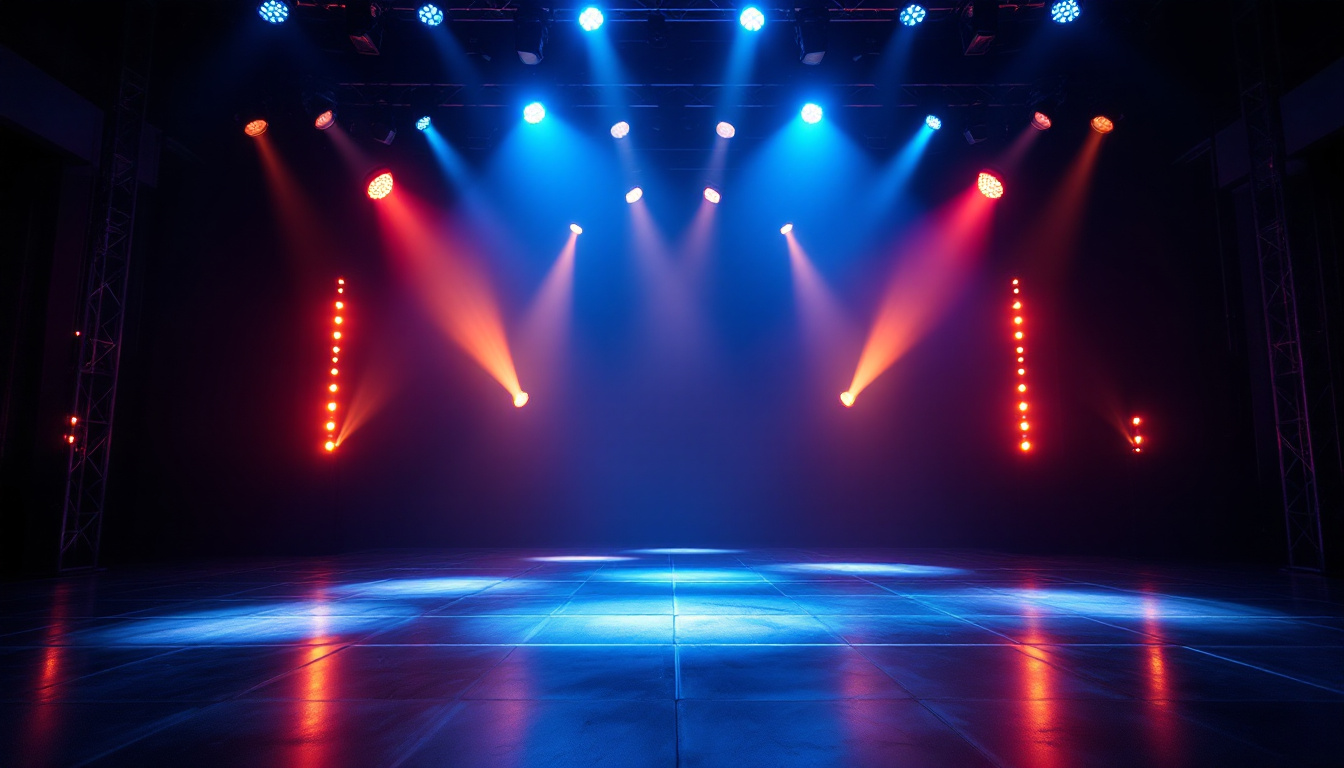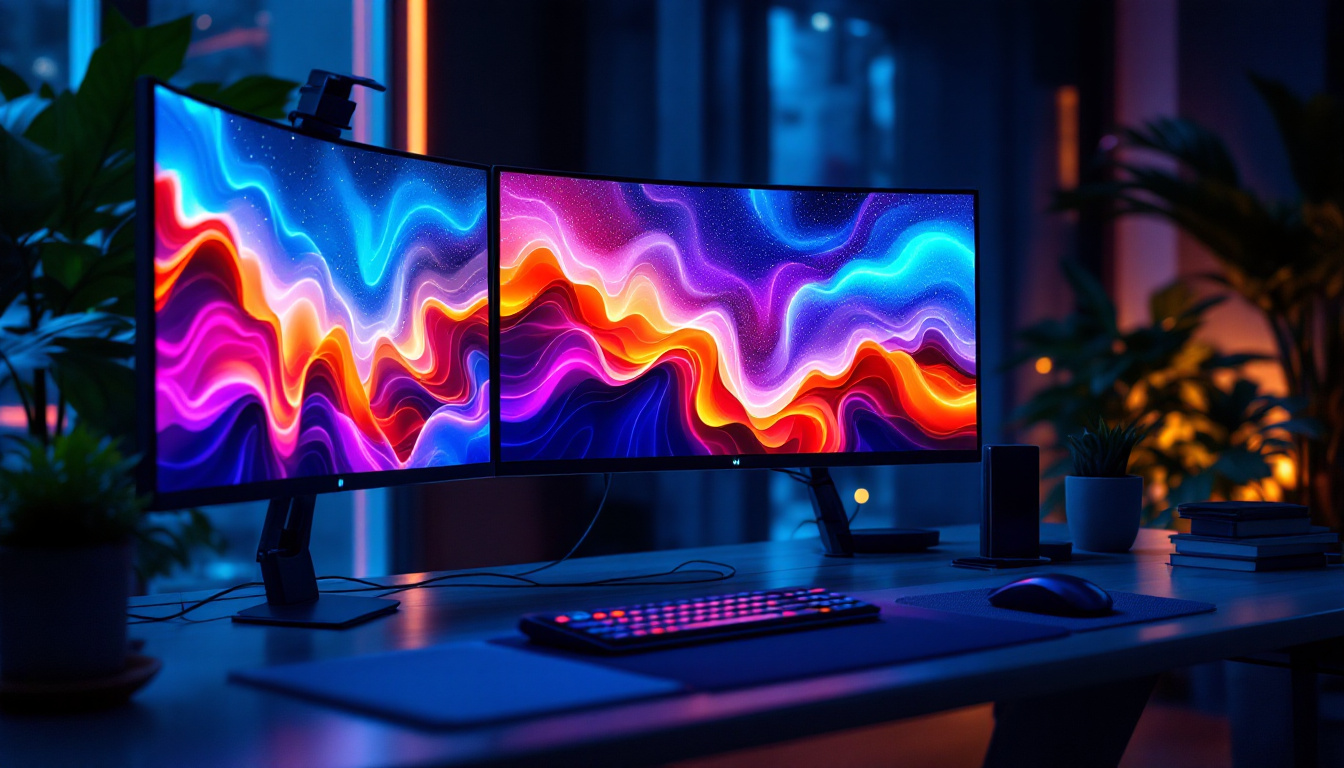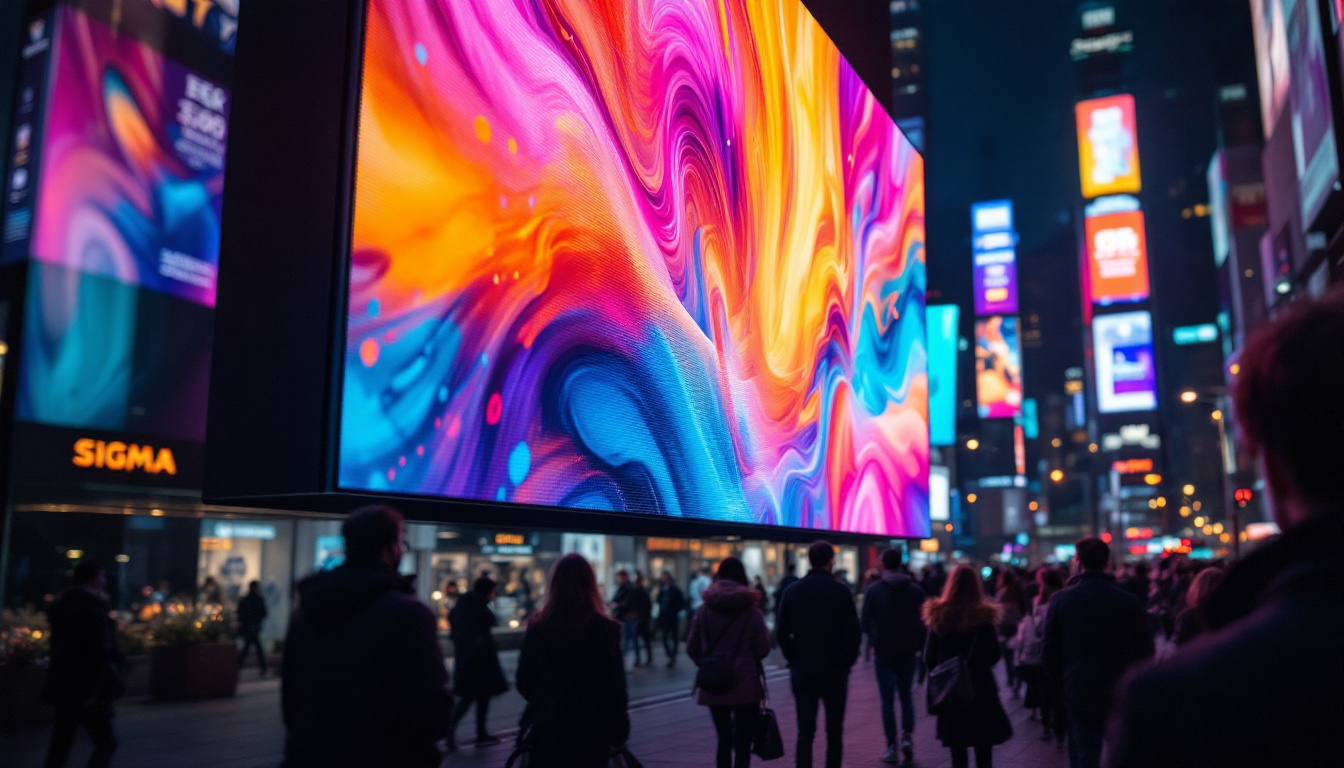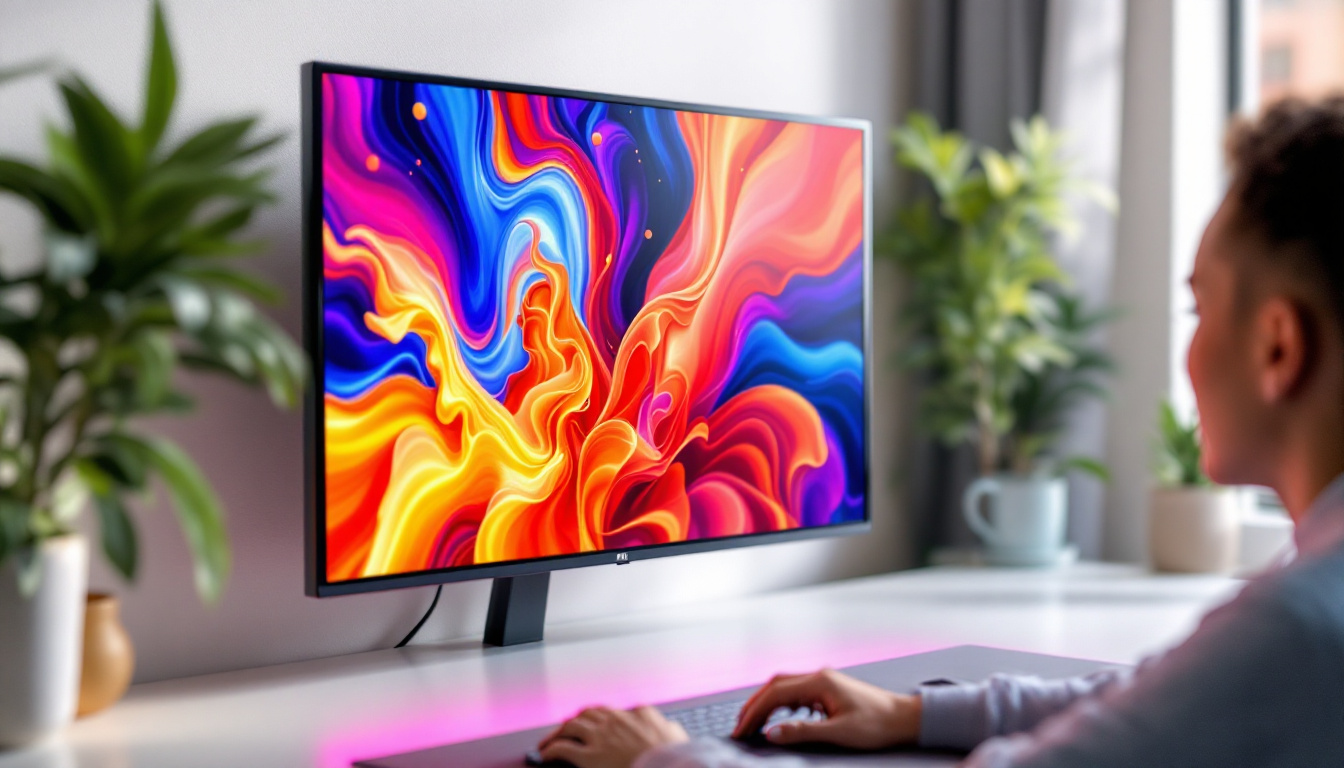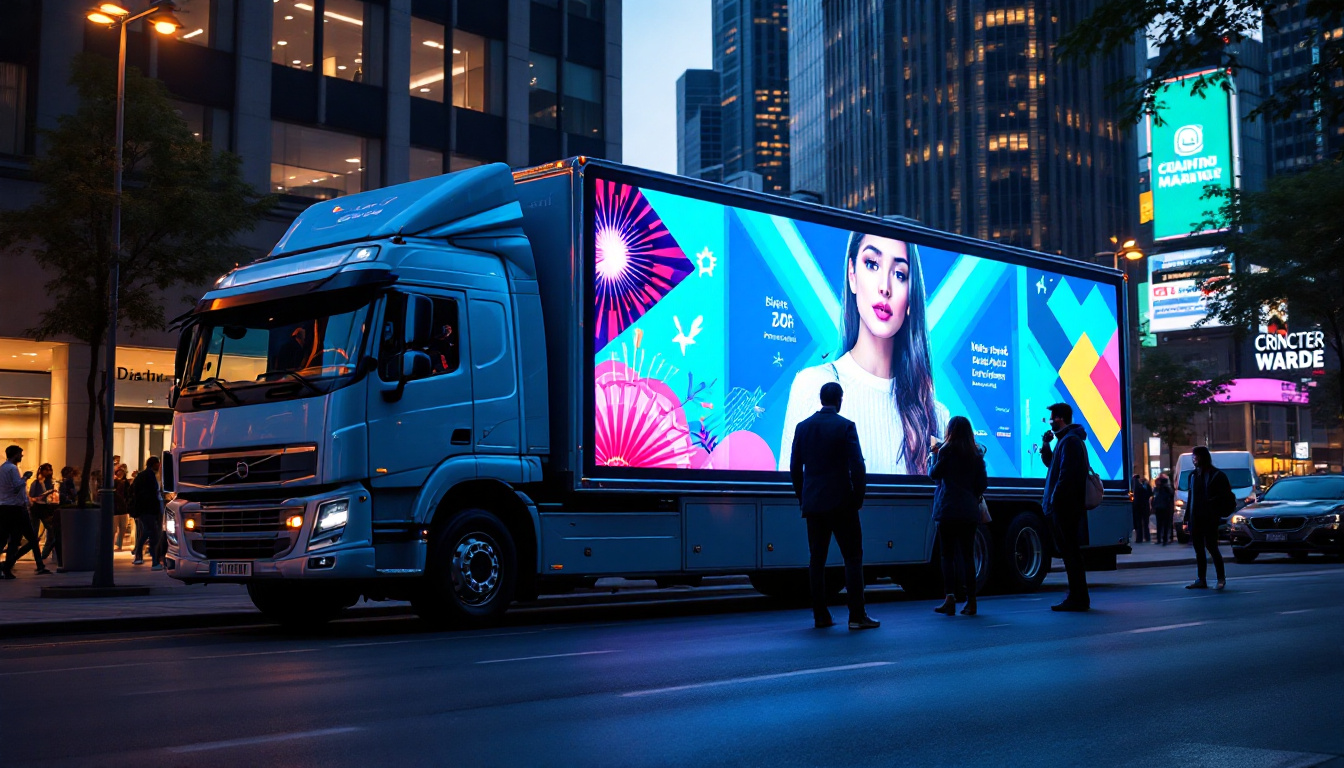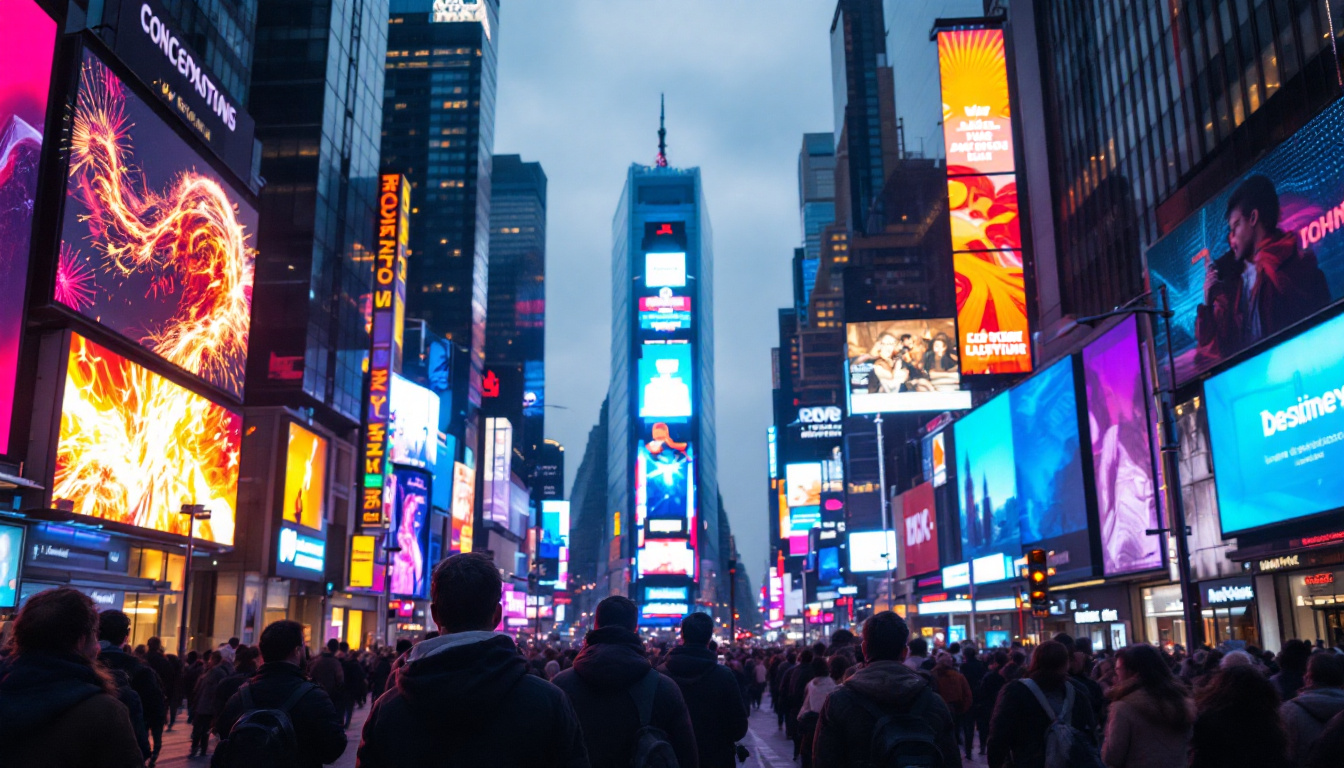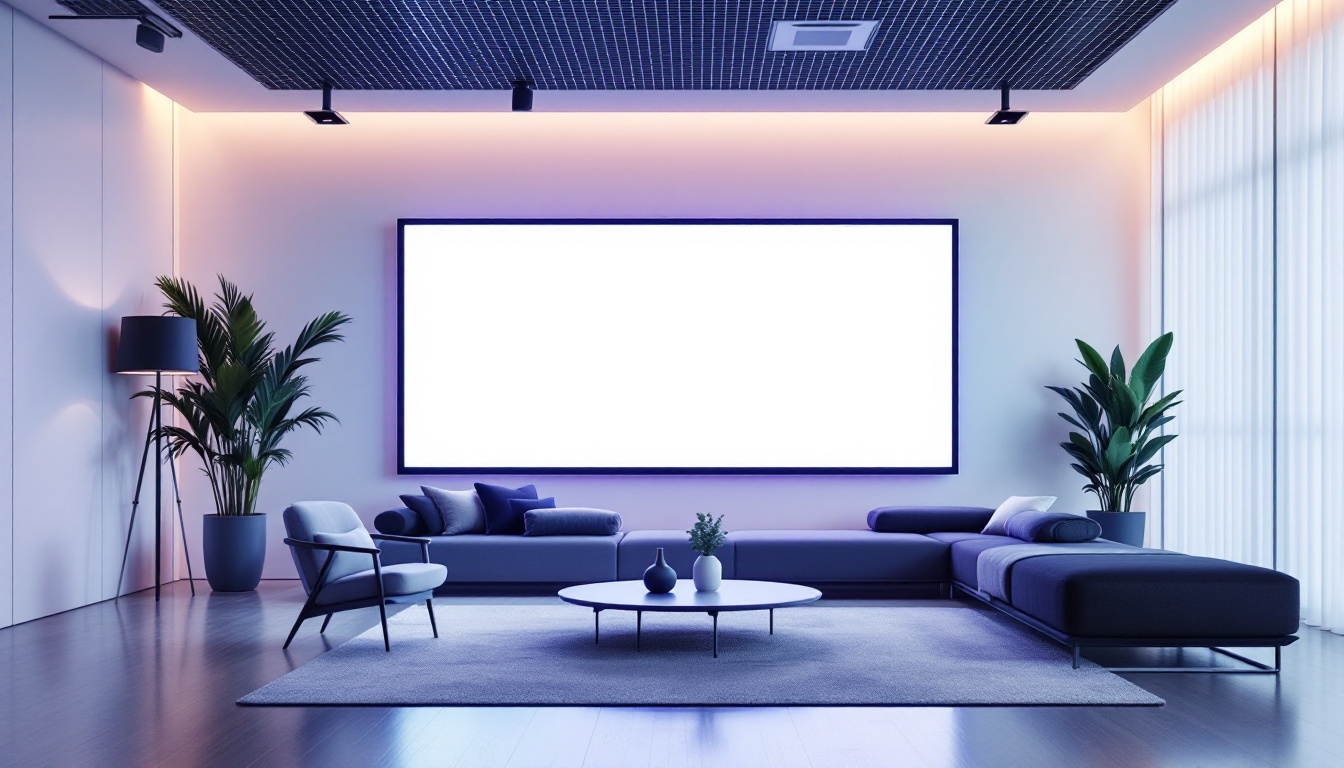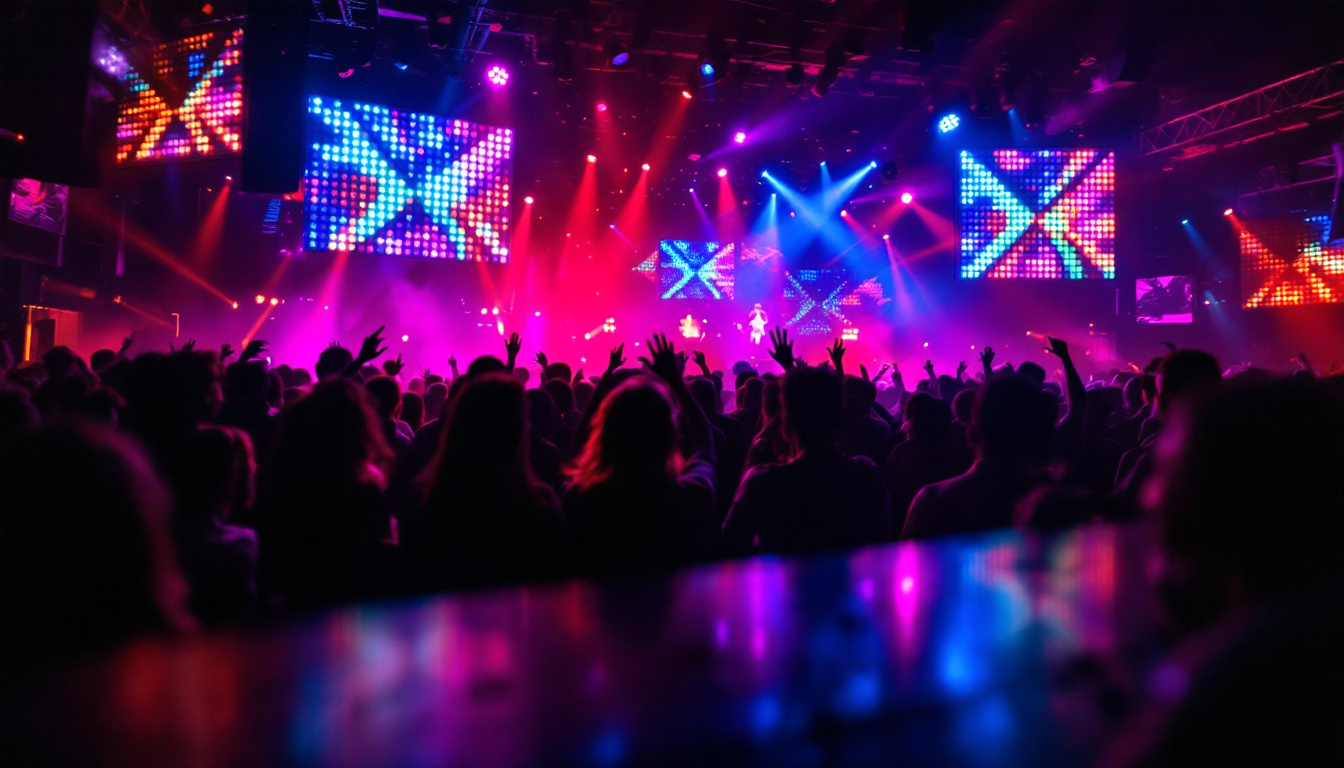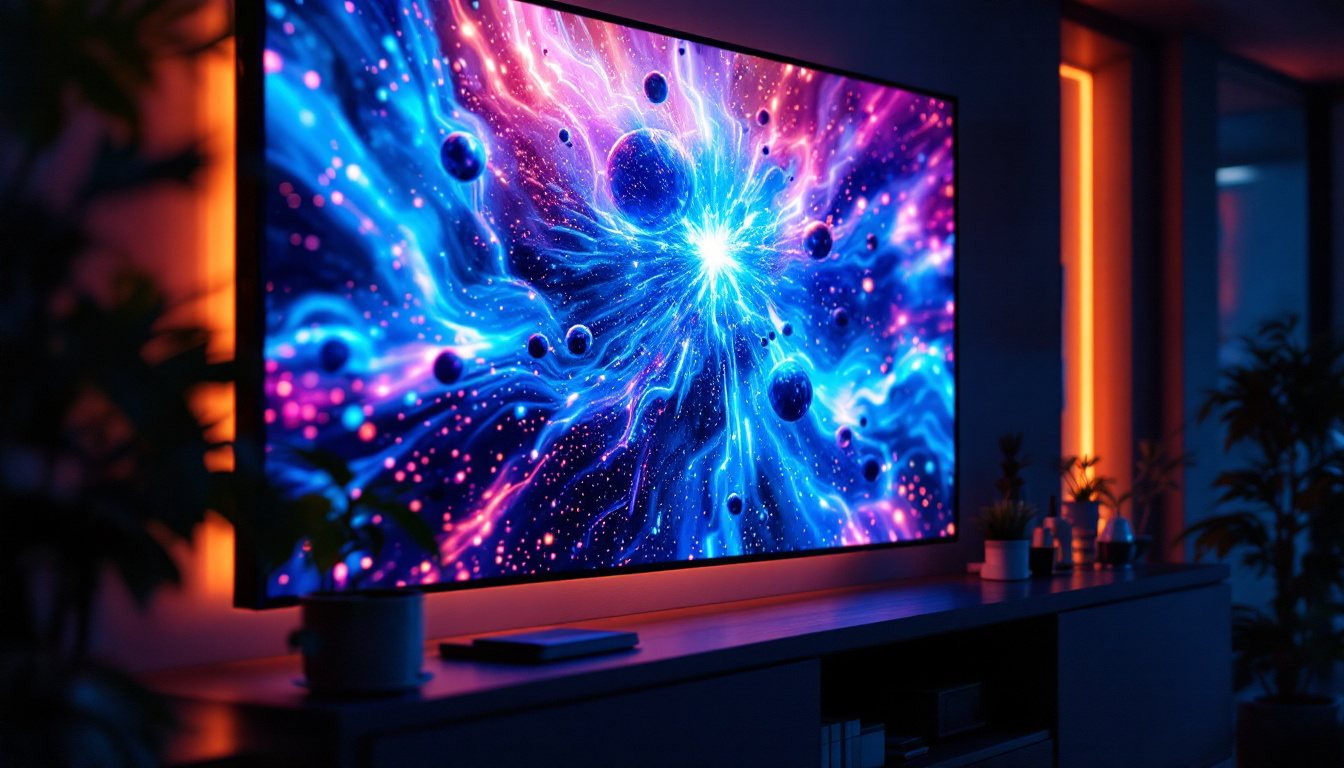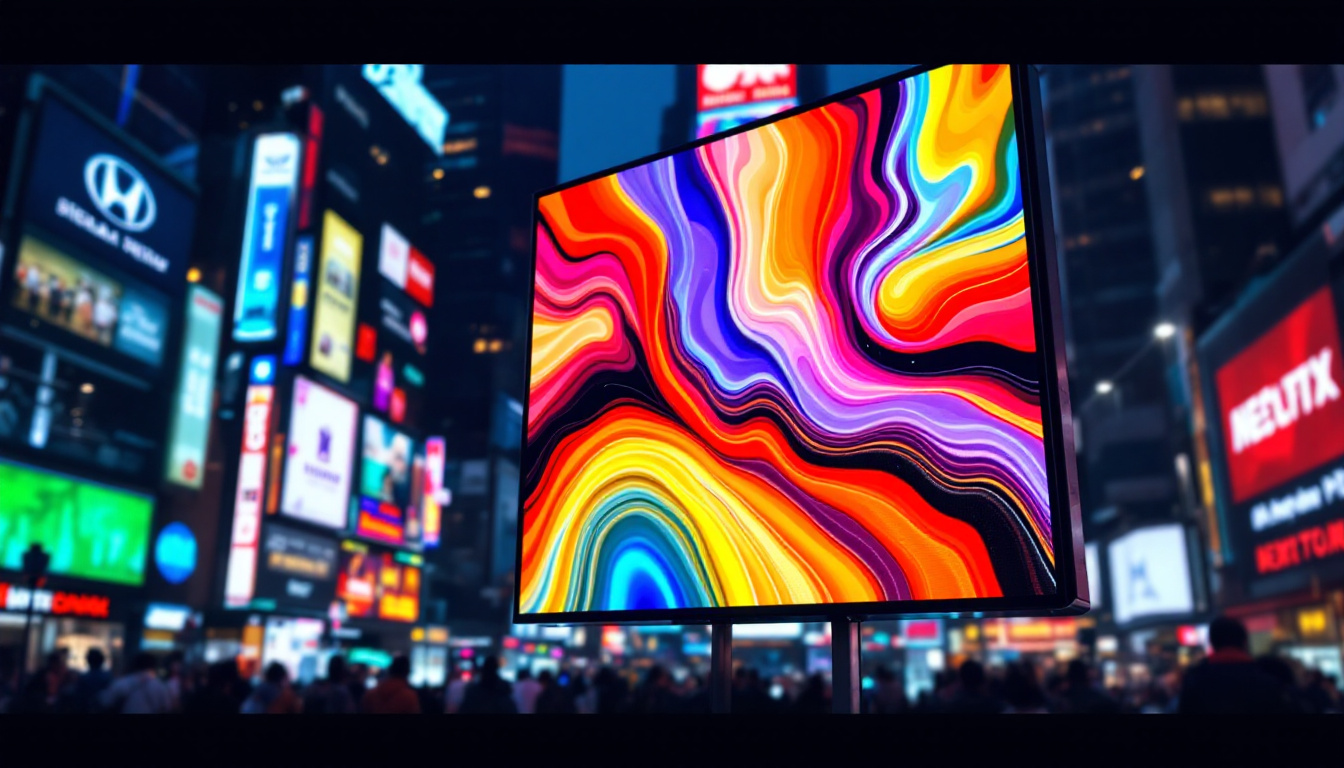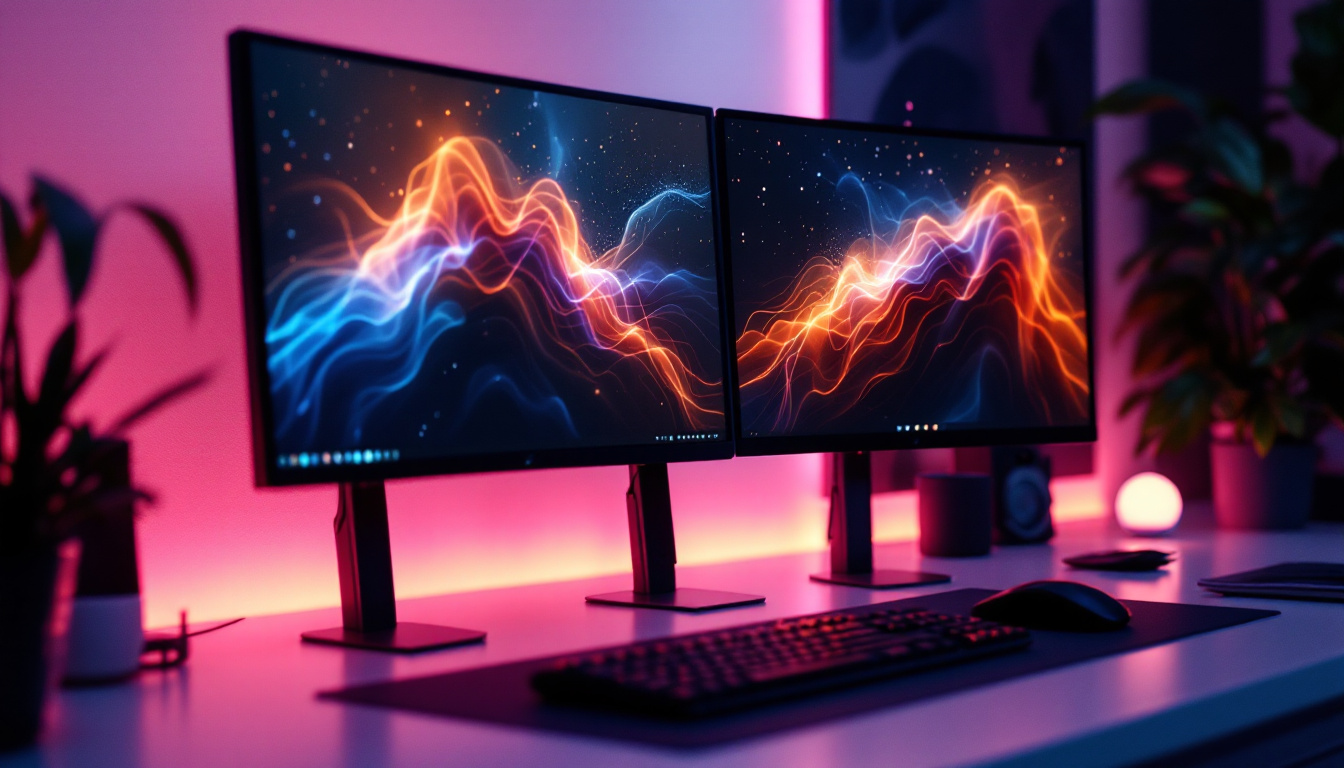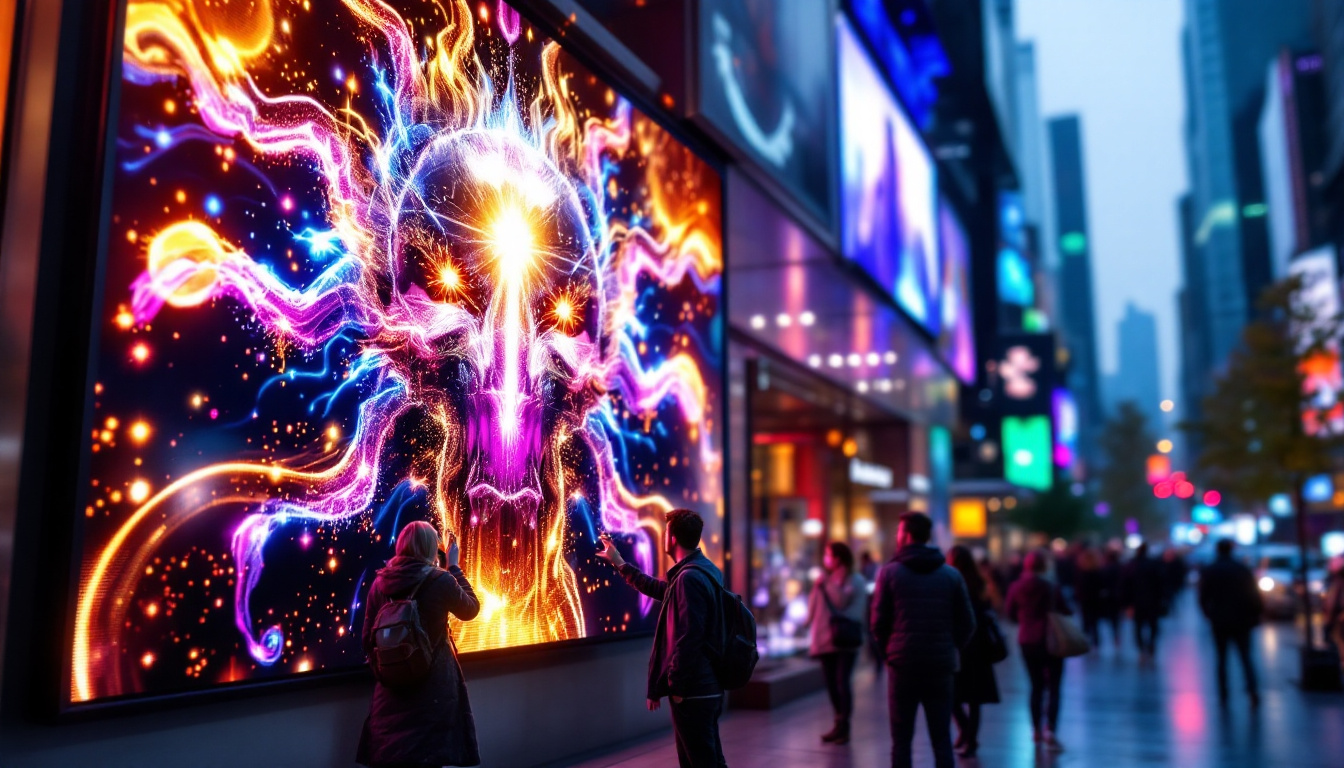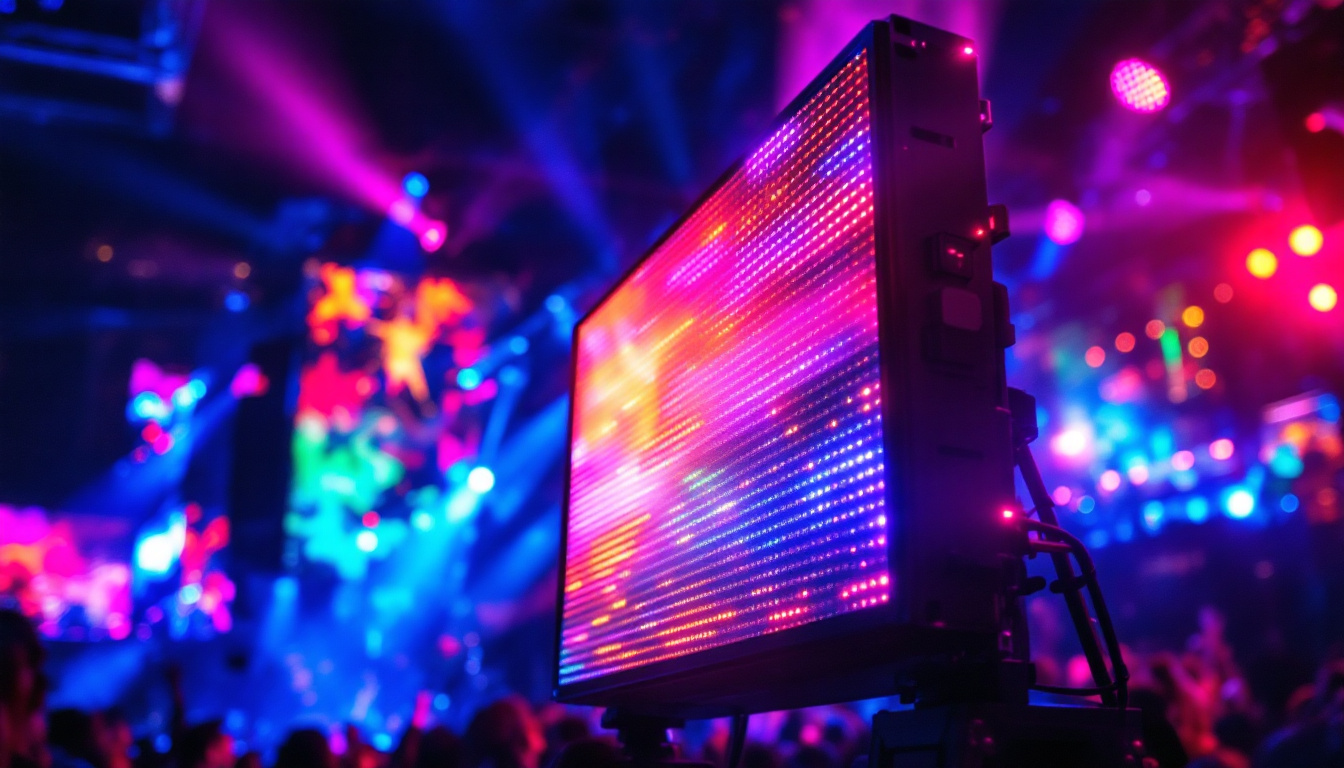In today’s digital landscape, LED display screens have become ubiquitous, transforming how information is conveyed in both public and private spaces. From billboards towering over city streets to the screens in our living rooms, LED technology has revolutionized visual communication. This article delves into the intricacies of LED display screens, exploring their functionality, types, applications, and the future of this dynamic technology.
Understanding LED Technology
LED, or Light Emitting Diode, technology is at the heart of modern display screens. Unlike traditional display technologies, LEDs use semiconductor materials to emit light when an electric current passes through them. This fundamental principle underpins the vibrant colors and high brightness levels characteristic of LED displays. The energy efficiency of LEDs also makes them a preferred choice in various applications, contributing to lower electricity bills and reduced environmental impact compared to older lighting technologies.
How LED Displays Work
LED displays consist of numerous tiny light-emitting diodes arranged in a grid. Each diode can emit red, green, or blue light, and by adjusting the intensity of these colors, a wide spectrum of colors can be produced. This RGB (Red, Green, Blue) color model is crucial for creating the vivid images and videos we see on LED screens. The precision in controlling these colors allows for not just a broader range of hues but also enhances the depth and detail in images, making them more lifelike.
The process begins with a controller that processes the input signal, which can come from various sources such as computers, cameras, or media players. The controller then sends signals to the individual LEDs, determining their brightness and color, thus creating the desired image on the screen. This rapid processing capability is essential for applications requiring real-time display updates, such as video games and live broadcasts, where every millisecond counts in delivering a seamless viewing experience.
Types of LED Displays
LED displays can be categorized into several types based on their construction and application. The most common types include:
- Direct View LED (DVLED): These displays are made up of individual LEDs that create the image directly. They are often used in large installations, such as sports arenas and outdoor advertising. The modular design of DVLED allows for flexible sizing and shapes, making them ideal for creative installations where traditional screens may not fit.
- LED Backlit LCD: These displays use LEDs to illuminate an LCD panel. They are prevalent in televisions and computer monitors, providing better contrast and brightness than traditional fluorescent backlighting. This technology has enabled thinner and lighter screens, revolutionizing the design of consumer electronics and making them more portable.
- Organic LED (OLED): OLED displays use organic compounds that emit light when an electric current is applied. They offer superior color accuracy and contrast but are generally more expensive to produce. The ability of OLEDs to achieve true blacks, as each pixel can turn off completely, enhances the overall viewing experience, especially in dark environments.
In addition to these types, there are also specialized LED displays such as MicroLED and MiniLED, which push the boundaries of display technology even further. MicroLED technology utilizes microscopic LEDs to create images, offering incredible brightness and energy efficiency, while MiniLED enhances backlighting in LCDs for improved contrast and color performance. These advancements are paving the way for next-generation displays that promise to deliver even more immersive experiences for consumers and professionals alike.
Applications of LED Displays
LED displays are versatile and find applications across various sectors. Their ability to deliver high-quality visuals makes them ideal for numerous environments.
Advertising and Marketing
One of the most prominent uses of LED displays is in advertising. digital billboards and storefront displays leverage LED technology to capture the attention of passersby with vibrant colors and dynamic content. The ability to change advertisements quickly and remotely makes LED displays a cost-effective solution for businesses looking to engage customers. Furthermore, the interactive capabilities of some LED displays allow for real-time engagement with consumers, such as touch screens that can provide personalized content or promotions based on user interaction. This not only enhances customer experience but also drives sales by providing tailored messages that resonate with specific audiences.
Entertainment and Events
In the entertainment industry, LED displays have transformed the way concerts, festivals, and sporting events are experienced. Large-scale LED screens provide immersive visuals that enhance the audience’s experience, displaying everything from live feeds to intricate animations. These displays are also used in theaters and cinemas, providing a more engaging viewing experience. The flexibility of LED technology allows for creative staging, where screens can be arranged in various configurations to create stunning visual backdrops that complement performances. Additionally, advancements in LED technology, such as higher refresh rates and improved color accuracy, ensure that audiences enjoy a crisp and vibrant viewing experience, regardless of the venue size.
Transportation and Public Information
LED displays are widely used in transportation systems for real-time information dissemination. Train stations, airports, and bus stops utilize LED screens to provide passengers with updates on schedules and delays. The clarity and visibility of LED displays ensure that critical information is communicated effectively, even in bright sunlight or low-light conditions. Beyond just schedules, these displays can also serve as platforms for emergency announcements, safety information, or even advertising, maximizing their utility. Moreover, the integration of LED displays with mobile applications allows for seamless communication, where passengers can receive updates directly on their devices, enhancing their travel experience and ensuring they stay informed at all times.
Advantages of LED Displays
The popularity of LED displays can be attributed to several advantages they offer over traditional display technologies. Understanding these benefits is essential for businesses and consumers alike.
Energy Efficiency
LED displays are known for their energy efficiency. They consume significantly less power compared to older technologies like incandescent and fluorescent displays. This not only reduces electricity costs but also contributes to a lower carbon footprint, making them an environmentally friendly option. Furthermore, the reduced energy consumption can lead to significant savings over time, allowing businesses to allocate resources to other critical areas. As energy prices continue to rise, the financial benefits of switching to LED technology become increasingly apparent.
Longevity and Durability
Another significant advantage of LED displays is their longevity. High-quality LED screens can last up to 100,000 hours or more, depending on usage and maintenance. This durability makes them a wise investment for businesses, as they require less frequent replacements compared to traditional display technologies. Additionally, LED displays are less susceptible to damage from external factors such as temperature fluctuations and humidity, which can often affect other types of screens. This resilience means that businesses can rely on LED displays to perform consistently in various environments, reducing the need for costly repairs and replacements.
Brightness and Visibility
LED displays are exceptionally bright, making them suitable for both indoor and outdoor use. Their high brightness levels ensure that content remains visible even in direct sunlight, a crucial factor for outdoor advertising and public information displays. Additionally, LED screens maintain their clarity and vibrancy over time, providing consistent quality. The ability to adjust brightness levels dynamically also allows for optimal viewing experiences in different lighting conditions, further enhancing their versatility. This adaptability makes LED displays ideal for a wide range of applications, from retail environments to large-scale events, where visibility is paramount.
Color Accuracy and Range
In addition to their brightness, LED displays are renowned for their exceptional color accuracy and range. They can produce a wider spectrum of colors compared to traditional displays, resulting in more vibrant and lifelike images. This capability is particularly beneficial for industries such as graphic design, photography, and video production, where precise color representation is crucial. Moreover, advancements in LED technology have led to the development of displays that can achieve high dynamic range (HDR), allowing for deeper blacks and brighter whites, further enhancing the viewing experience. As a result, businesses can create more engaging visual content that captures the attention of their audience effectively.
Challenges and Considerations
While LED displays offer numerous advantages, they also come with certain challenges and considerations that must be addressed.
Initial Costs
The initial investment for LED display technology can be substantial. High-quality LED screens, especially large-scale installations, can require significant upfront costs. However, it is essential to consider the long-term savings on maintenance and energy consumption, which can offset the initial expenditure over time.
Color Calibration and Quality Control
Maintaining color accuracy and consistency across LED displays can be challenging. Variations in manufacturing quality can lead to discrepancies in color reproduction. Regular calibration and quality control measures are necessary to ensure that the displays perform optimally and deliver the intended visual experience.
The Future of LED Display Technology
The future of LED display technology looks promising, with ongoing advancements poised to enhance their capabilities further. Innovations in manufacturing processes and materials are leading to the development of even more efficient and versatile displays.
MicroLED Technology
MicroLED technology represents a significant leap forward in display technology. Composed of microscopic LEDs, this technology offers higher resolution, better energy efficiency, and improved color accuracy. MicroLED displays have the potential to revolutionize consumer electronics, providing unparalleled viewing experiences in televisions, smartphones, and wearables.
Flexible and Transparent Displays
Another exciting development in the LED display landscape is the emergence of flexible and transparent displays. These innovations open up new possibilities for design and application, allowing screens to be integrated into various surfaces, including windows and clothing. As these technologies mature, they could redefine how we interact with digital content in our everyday lives.
Conclusion
LED display screens have fundamentally changed the way information is presented and consumed. Their energy efficiency, durability, and vibrant visuals make them a preferred choice across various industries. As technology continues to evolve, the potential applications for LED displays are limitless, paving the way for a more visually engaging future. Understanding the intricacies of LED technology not only highlights its current significance but also underscores its role in shaping the future of digital communication.
As businesses and consumers increasingly embrace this technology, staying informed about advancements and best practices will be crucial in leveraging the full potential of LED displays. Whether for advertising, entertainment, or public information, LED displays will continue to illuminate our world in innovative ways.
Illuminate Your Space with LumenMatrix
As you consider the transformative power of LED displays for your business or project, LumenMatrix stands ready to illuminate your vision. Our commitment to innovation in LED display technology ensures that your message shines brightly, captivating audiences and enhancing brand visibility. Explore our comprehensive range of solutions, including Indoor and Outdoor LED Wall Displays, Vehicle LED Displays, LED Poster Displays, and more, each designed to create immersive visual experiences. Embrace the future of digital signage with LumenMatrix and Check out LumenMatrix LED Display Solutions today.

